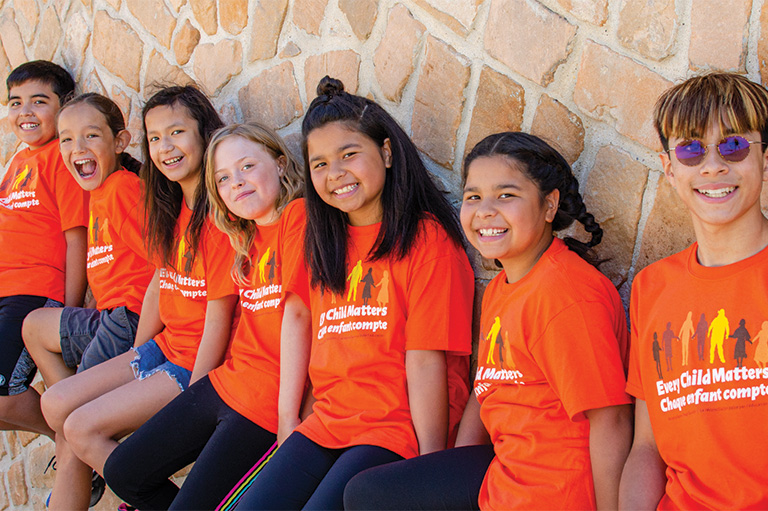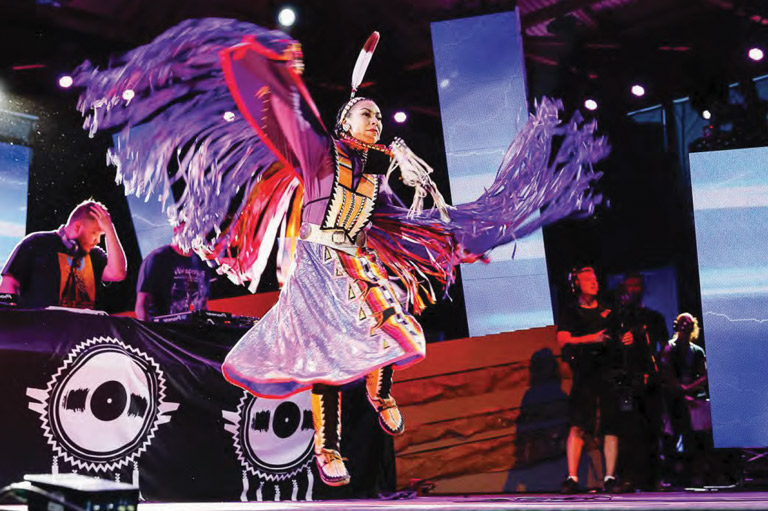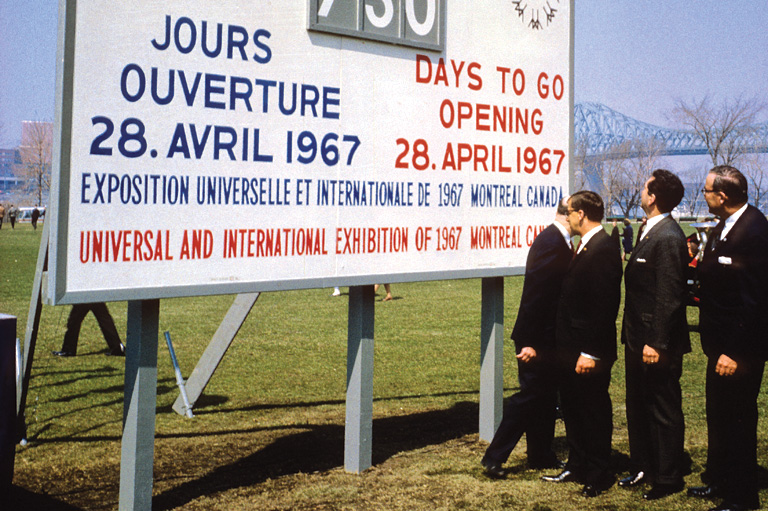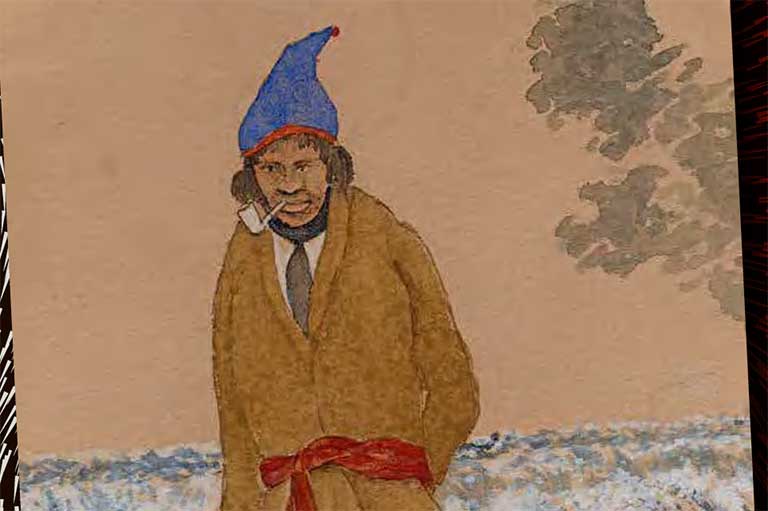Demonstrating Respect through Understanding and Taking Action (ReconciliAction)
Grade Levels: 7/8, 9
Subject Area: Social Studies/History
Lesson Overview
This set of lessons encourages students to consider multiple perspectives of historical events and to explore what it means to be an ally. Through seeking an understanding of the history of the residential school system and Indigenous perspectives and points of view, students will begin to move towards engaging in activities that can guide them towards reconciliACTION.
Time Required
Three, 1-hour lessons. Lessons 1 and 2 may be completed in advance of the Every Child Matters virtual event. Lesson 3 may be completed following the event.
Historical Thinking Concepts
- Establish historical significance
- Analyze cause and consequence
- Take historical perspective
Learning Outcomes
Students will:
- Describe the history of residential schools by organizing a timeline
- Explain the significance of colonial actions on Indigenous peoples
- Investigate events in Canadian history and analyze different points of view
- Explore what it means to be an ally
- Construct a plan of action towards reconciliation
Background Information
Residential schools were more than places to educate Indigenous children. They played a huge role in the colonization of Indigenous lands and peoples and have left a legacy of abuse and trauma. These schools were not the only attempts at assimilating or colonizing Indigenous people. Many events in history, and even today, demonstrate the ongoing issues of systemic racism and colonialism.
In order to move forward together, it is important for students to understand that Indigenous and non-Indigenous people may have different perspectives on historical or contemporary events.
For example, since contact, concepts of land have been viewed differently between Indigenous and non-Indigenous people. For thousands of years the First Peoples of what is now Canada have maintained interconnected webs of relationships with the lands and all things of the land. Sandra Styres (2017, 2019) placed importance on land by using a capital “L.” She refers to Land as more than a place, but as a living being that encompasses philosophies, principles, and ways of being. Indigenous people, being in relationship with the Land, have a responsibility to be the caretakers so the gifts of the land can be available for future generations. Elmer Ghostkeeper (1995) has referred to the way Indigenous Peoples live “with” the land rather than “off” the land. The European newcomers to this place viewed land as a way to build financial gain through its rich resources – from fish to furs to forest.
Care needs to be taken when defining allyship. Allies for reconciliation should understand that to be respectful they need to position Indigenous voices as first and foremost. It is important that allies work with Indigenous peoples and take time to understand their culture and knowledge systems as much as possible. There are times when Indigenous people need to take action in their own way and on their own, with allies observing and supporting. Educators and learners must be prepared to make mistakes, but we will all learn to move forward and become more respectful with each step. It is important to take action if we want to move towards reconciliation.
The Lesson Activity
Part 1: Timeline of Indian Residential Schools
Have students create a timeline of residential schools by choosing one of the following activities:
Have students examine this condensed timeline (1620-2008) from the Aboriginal Healing Foundation. As the last date is 2008, have them add to or update the timeline so that it becomes current.
Suggested resources:
- Indian Residential Schools: A Chronology from LawNow.org
- Timeline: Residential Schools from Historica Canada
- A timeline of residential schools, the Truth and Reconciliation Commission from CBC
As students watch the video, Residential Schools in Canada: A Timeline from Historica Canada, have them fill in the timeline table in Handout 1.
Have students discuss their experiences of engaging in the timeline of residential schools.
Examples of discussion questions:
- What event, and date, stood out for you? Why was this surprising?
- How does looking at a timeline of the residential school system help to build understanding and break down racial attitudes?
- In what ways might this timeline stretch into the future? How long do you think it might take to reach a point when these events are resolved? What will it take to resolve them?
Part 2: Two Eyed Seeing: Taking Two Perspectives on Historical Events
Discuss with the students what perspective or different points of view mean. You should also introduce the concept of historical perspective, which involves trying to view the past through the social, intellectual, and emotional lenses of the time. You may choose to use the following video clips.
- Perspective Taking
- Historical Perspective
- Too Quick to Judge
- The Real Story of the Three Little Pigs
Assign a historical event from Handout 2 to individual students or small groups. Give them time to investigate the event and have them determine possible perspectives that Indigenous and non-Indigenous people would have taken at the time. They can record their notes on Handout 3. After the students have had time to investigate the event and determine points of view, discuss as a class. Remind students to pay particular attention to different perspectives towards land.
Questions to consider:
- How was this event significant to each group?
- Did the event benefit one group more than the other?
- How did this affect Indigenous and non-Indigenous people in the future?
Extension: Have students research a historical or contemporary topic and present multiple perspectives on the topic. Students should list the resources they used to better understand and highlight the different points-of-view on these topics. They should also develop strong inquiry questions that help guide them to think about different perspectives.
Examples could include:
- The Discovery of Oil (Ontario, 1857; Alberta 1914)
- The Gold Rush
- Women of British descent gaining the right to vote in 1918
- Canada’s sesquicentennial celebrations in 2017
- Coastal GasLink and Wet'suwet'en pipeline conflict (2018-present)
General Notes:
When using source material (websites, articles, etc), remind students to consider the perspective of the person who prepared the materials.
Each section contains a time in Canadian history where students are to determine a point of view for Indigenous and non-Indigenous people. Although people from different cultures can also see things from the same point of view, for this activity, students are to contrast Indigenous and European perspectives of land. It is not intended for them to make judgements or to take sides, but rather to identify different perspectives. (They can make ethical judgements during the discussion after this activity.)
Questions of inquiry:
- In what ways did/do Indigenous and non-Indigenous people view land differently?
- How did local historical events benefit European settlers while negatively affecting Indigenous lands, communities, and people?
- Have students read the United Nations definition of genocide. Asses to what extent residential schools were a form of genocide?
- In what ways does/can ReconciliAction move us as a community or nation towards social justice and change in Canadian society?
Part 3: What is an ally and how do we move towards ReconciliAction?
After participating in the Every Child Matters virtual event, have students read over and discuss the TRC Calls to Action for Education.
Have students brainstorm what reconciliation could mean for them individually, for their class, for their school, or for their community. You may choose to use Handout 4 and have them write words, phrases or draw small symbols or pictures. You could also record their sharing in a large circle on a whiteboard or chart paper.
Introduce the word ReconciliAction as the “doing” of reconciliation and have students brainstorm ideas of how to turn their circle (or ideas) into action. This does not have to be a major project. It can be anything from creating hearts with messages of hope to display in the classroom or school or creating a video to share with others. Their ideas, or plans, can be recorded on the bottom of Handout 4.
You can refer to projectofheart.ca
Extension Activities
Art Activity – students create posters on historical perspective or their reconciliAction ideas.
English Language Arts – students create poetry on residential schools or reconciliation
Additional Resources
An Overview of the Indian Residential School System (Ontario)
Downey/Wenjack Foundation https://www.downiewenjack.ca/our-work/reconciliactions/
Where Are the Children http://legacyofhope.ca/wherearethechildren/
There's more!
Themes associated with this article
Advertisement








